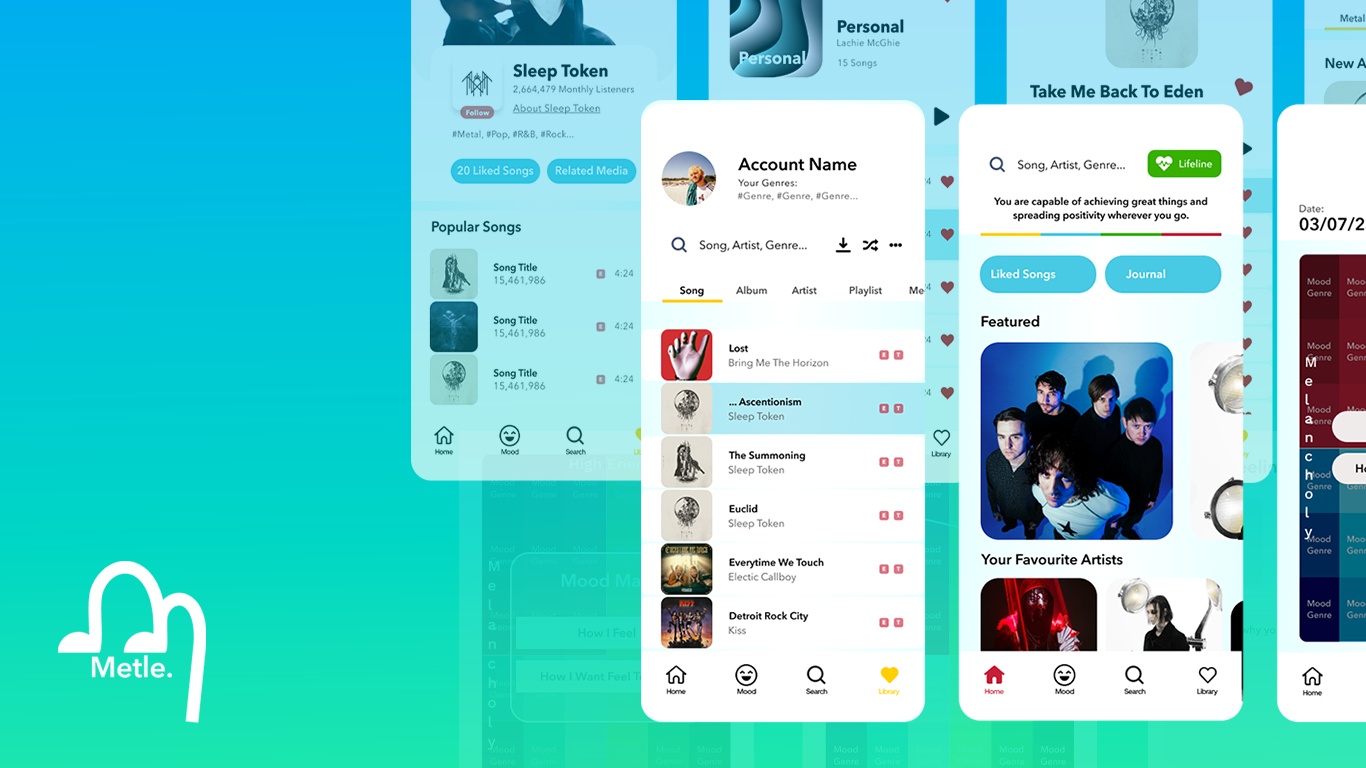Stage One
Explored the problem space and identified possible solutions.

This project was completed during a recent university trimester. We began by identifying a real-world problem we were experiencing and designed an app as a solution.
Explored the problem space and identified possible solutions.
Developed the chosen solution into a working prototype.
Tested the prototype and iterated based on feedback.
Written: 04/06/2025
Problem Statement: How might we conveniently discover and access international food and drink while preserving their cultural and emotional value?
Want to relive flavours from abroad.
Miss a taste of home.
Chase authentic ingredients.
Introduce others to new cuisines.
Cooking or planning meals.
Cultural holidays & special events.
Restaurants & independent grocers.
Browsing, communities & events.
Food is personal—tied to memory, identity, and loved ones. People want a sense of home, to recreate joyful meals, to share meaningful flavours, and often view overseas goods as higher quality or healthier.
Emotional connection, nostalgia, authenticity, and perceived quality.
Not widely available in major chains.
Limited demand, shipping/storage costs, logistical complexity.
Long delivery times, high shipping, customs friction, inconsistent availability.
Authenticity matters—replicas miss the taste/emotional value.
Reconnecting with culture through food.
Recreates meals from travels for friends/family.
Navigates diet & identity via online food trends.
Despite differences, all three share a frustration: authentic overseas food is hard to access, inconvenient, and often expensive.
How might we create a digital platform that helps people in Australia access international grocery items more easily—while addressing pricing, availability, language, and discoverability?
Make overseas products easier to find and buy.
Preserve cultural value & true product details.
Speed up search and decision-making.
Help small shops list stock with minimal effort.
Interactive map with distance & hours
Search + filters (cuisine, product, diet, distance)
Save items to account (translation or later)
Product pages with details, ingredients, price, availability
Contact actions: call, directions, map links
Community reviews and “thumbs up”
Similar product suggestions
Bulk buy savings
Barcode scanner
Forums & recipe integration
Clear UI, live info.
Card layouts with price & distance.
Smart filtering by cuisine/category/diet.
Ingredient transparency & alternatives.
Reduce friction for small businesses with a simple back office: search a global product DB, select stocked items, set price, and appear on the customer map—no heavy inventory sync required.
Dual flows for shoppers and businesses were tested with Marcus, Sophie, and Nathan. Final wires emphasised simple navigation, clear product presentation, and fast access to actions (contact, stockists, price).
Navigation prioritises search and local results.
Product cards surface key info: price, distance, tags.
Map/list toggle supports scanning and comparison.
Prominent language switcher (globe icon) for quick changes.
Clear iconography and dietary tags (vegan, spicy, halal).
In-person usability tests with five participants from a multicultural pharmacy team (think-aloud protocol).
Well-traveled home cook.
Portuguese at home; global cuisine fan.
Frequent traveller.
Complex food allergies.
Cantonese at home; shops Asian grocers.
Change language from Arabic to English.
Sign up for an account.
Find “Pocari Sweat”, locate nearby, decide next action.
Users expected list at the bottom (Uber/Google Maps pattern).
Users still wanted to call stores to confirm stock.
GPS box wasn’t obviously interactive.
“Log in” didn’t feel dual-purpose.
“Shopping List” idea resonated.
Preferred from search results, not map pins.
Moved log-in/sign-up to a clearer button on the right.
Added a Shopping List page that updates dynamically.
Enlarged and centred the search bar.
Reworked GPS/map flow with a visible, clickable list toggle.
Surfaced product info earlier—directly from search results.
Added dietary tag icons (vegan, spicy, halal, etc.).
Improved clarity of navigation, store details, and availability.
